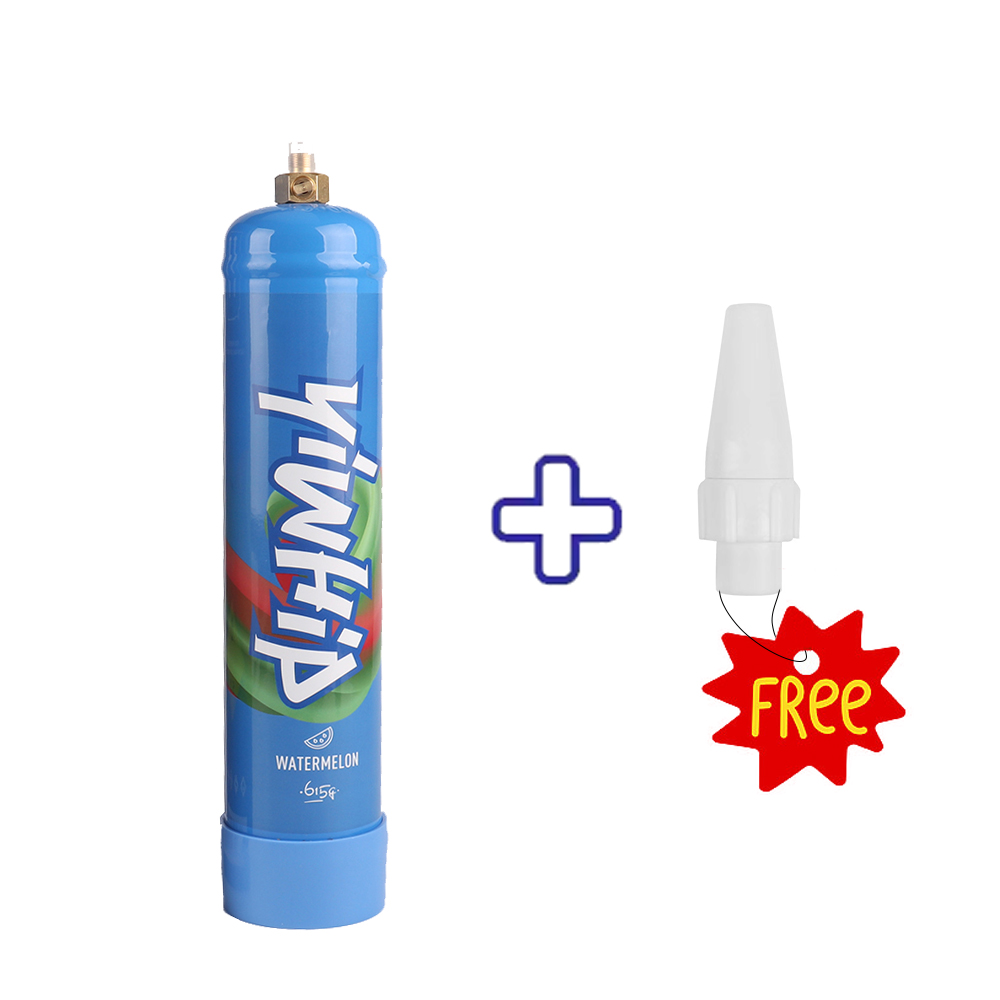Whipped Cream Chargers: A Delicate Balance Between Joy and Caution
In the bustling markets of Perú, from Cusco’s misty peaks to the sun-baked shores of Lima, innovation often arrives subtly yet powerfully—like whipped cream melting over chicha morada or crowning a perfect chocolate mousse. Yet within this convenience lies a paradox: the very devices we trust for culinary magic can carry invisible risks.
Whipped cream chargers, those tiny steel canisters filled with nitrous oxide (N₂O), transform ordinary cream into something soft, luxurious, almost dreamlike—akin to Andean clouds brushing against ancient mountaintops. But beneath their innocent allure is a story rarely told; one that whispers caution through the rhythm of everyday kitchens and hidden recreational uses that tread dangerously close to harm.
This is not merely a culinary guide—it's a reflective piece on how modernity intertwines with tradition, convenience with consequence, celebration with recklessness.
The Hidden Dangers in Plain Sight
Nitrous oxide may be the star compound behind fluffy crema, but its powers extend far beyond dessert. Used responsibly, whipped cream chargers work beautifully inside dispensers, aerating liquid fats to perfection—a chemistry lesson folded delicately into our daily delights. However, misuse or inhalation for non-culinary intentions turns these gadgets from friendly kitchen aids into silent culprits of serious physiological risk.
- Shortage of Oxygen: When charged gas escapes prematurely or improperly contained, the oxygen supply diminishes in small spaces.
- Blast Risks: Faulty equipment can pressurize beyond safety levels—a real and underrepresented hazard during DIY cream whippings or rushed party prep moments.
- Harmful Misuse by Consumers: Especially among teens at beachfront celebrations or festival afterparties, N₂O is sometimes used for recreational purposes—leading to hallucinations and, alarmingly, neurological complications.
The truth lies buried—not in obscurity, but in assumption: because the product is widely available doesn't mean it is universally understood or correctly applied in all corners of its reach.
In rural districts as well as modern cafés, education is sparse about responsible use and safe handling protocols. This knowledge deficit can lead to unexpected consequences when untrained hands fumble too quickly between dispenser valves and propellant cartridges—a moment lost in impatience, a mistake remembered longer than any meringue lasts in warm coastal air.
In a sense, the whipped cream charger becomes less a tool and more a teacher—of carelessness or conscientiousness—whichever path we follow while preparing that final flourish upon dessert’s canvas.
To truly understand and respect what rests within each cartridge is no mere act of precaution—it is part of a larger dance between nature and technology.Are Your Hands Safe? Personal Safety Tips Everyone Should Heed
- Read Instruction Labels Thoroughly, particularly before first-use in commercial and domestic scenarios where volume increases speed but also pressure.
- Inspect Dispensers and Connections Regularly; damaged parts, even micro-fractures, can alter pressure integrity dramatically.
- Use Ventilation When Recharging, particularly in cramped home kitchens without proper extraction fans or natural airflow windows.
- Keep Chargers Out of Children’s Reach—Just as One Would Handle Sharp Tools, knives, or electrical appliances, treat the gas capsule not as toy but as instrument.
How Misconceptions Blur the True Power Inside Nitrous Chargers
We tend to associate these cartridges solely with decadent toppings or trendy cocktails adorned like art—but that simplification overlooks their chemical duality. Nitrous Oxide, colloquially known as “the laughing gas," is not simply a culinary aid—it's employed medically as an anaesthetic but, ironically and alarmingly, also in dangerous ways when inhaled outside a regulated environment.
It can cause vitamin B12 deficiency—an affliction mimicking spinal cord degeneration and severe nerve conditions over repeated misuse cycles. Young people unaware might think they are indulging in harmless fun when actually exposing nervous pathways to insidious damage.
In Perú, where festivals abound from Pachamama Day to Fiestas Patrias, these risks often fly under regulatory radar simply because they’re masked as festive novelty items, handed around tables like confetti—without regard for consequences beyond immediate euphoria or laughter.
Cultural Context and Ethical Consumption: Whipping Through Traditions Safely
The blending of indigenous practices with contemporary tools has always defined Peru’s cultural landscape—especially in gastronomy. We see Amazonia’s superfoods redefined by avant-garde molecular mixology in Miraflores dining salons. So it’s no surprise that even a device as compact as a cream dispenser now finds a foothold between sacred Incan roots and sleek stainless steel countertops alike.
The challenge here is not rejecting progress but understanding the weight it bears. The ethics of possession lie in restraint and responsibility. A chef knows flavor comes not merely from ingredients but the intention invested in preparation. Likewise, the act of pressing a whipped cream charger shouldn't simply satisfy instant gratification. It should awaken mindfulness—an echo perhaps from Machu Picchu's own timeless balance of stone and earth, structure and sky.
Teachability becomes pivotal here. Families, vendors, chefs, school educators must take ownership. If Peruvians teach each other—particularly new generations enamored by flashy techniques—the importance of correct, cautious use begins to grow organically across cities like Arequipa, Trujillo, Iquitos—in places both wired and wireless, where information flows slowly.
Making Responsible Use Trend Forward Rather Than Backward
In every puff of whipped topping released into an air-kissed cappuccino, there lies opportunity—and threat. Our choices matter. We have the power not just to enhance meals but to safeguard them; to celebrate culture while preventing its careless erosion into unsafe practice. Innovation need not come blindfolded. Progress moves wisely when tethered to education rather than ignorance.
A Culinary Reflection With Lasting Impact
No single device should eclipse safety in pursuit of sensory delight—not in the highlands of Perú, not in the urban cafes of Barranco. Therein lives true sophistication: the ability to enjoy the fluffiest topping while knowing exactly the force at play behind the whip. Let us wield the tools carefully, speak about their risks openly, and savor desserts mindfully.
- Treat each charger like precision machinery—not disposable trinket;
- Awareness spreads safety—discuss the topic candidly with friends, children, colleagues;
- Enjoy your dollop but know what lies beneath.

